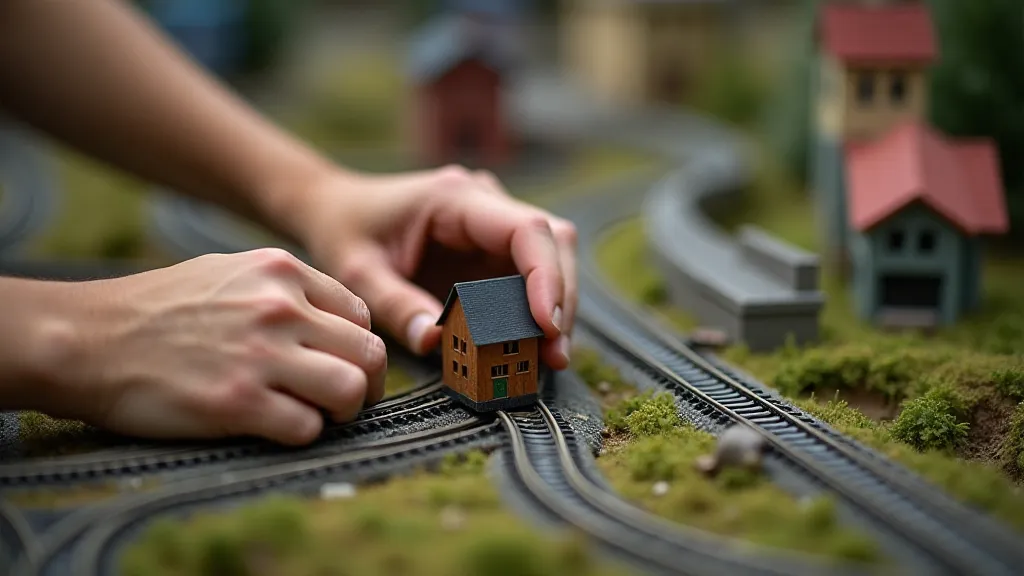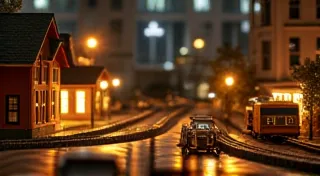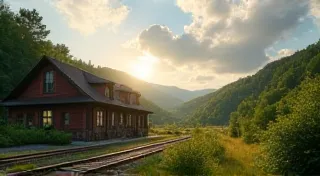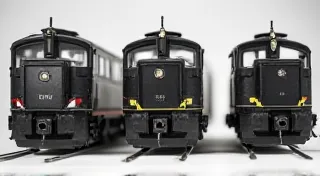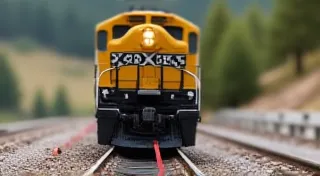The Cartographer's Regret: Mapping the Unseen Terrain of a Railroad Layout
The scent of cedar and aging cardboard. The rhythmic click of a miniature locomotive chugging along meticulously laid track. For many, a model railroad layout represents a refuge, a tangible manifestation of a lifelong fascination with trains and the landscapes they traverse. But beyond the ballast and trackwork, beyond the perfectly scaled locomotives and rolling stock, lies a deeper, often unspoken challenge: imbuing the layout with narrative weight, with a sense of history and feeling. It’s a challenge that echoes, strangely, in the melancholic beauty of a forgotten antique accordion.
I remember my grandfather’s accordion. It wasn't a pristine museum piece; the bellows were cracked, the keys stuck, and the once-lustrous finish was dulled with the patina of years. He’s gone now, but I still have it. He used to play folk tunes, melancholic melodies that spoke of windswept prairies and the yearning for a home far away. Those sounds, the feeling they evoked, became inextricably linked in my mind with a sense of longing – a feeling I now strive to capture in my own railroad layouts.
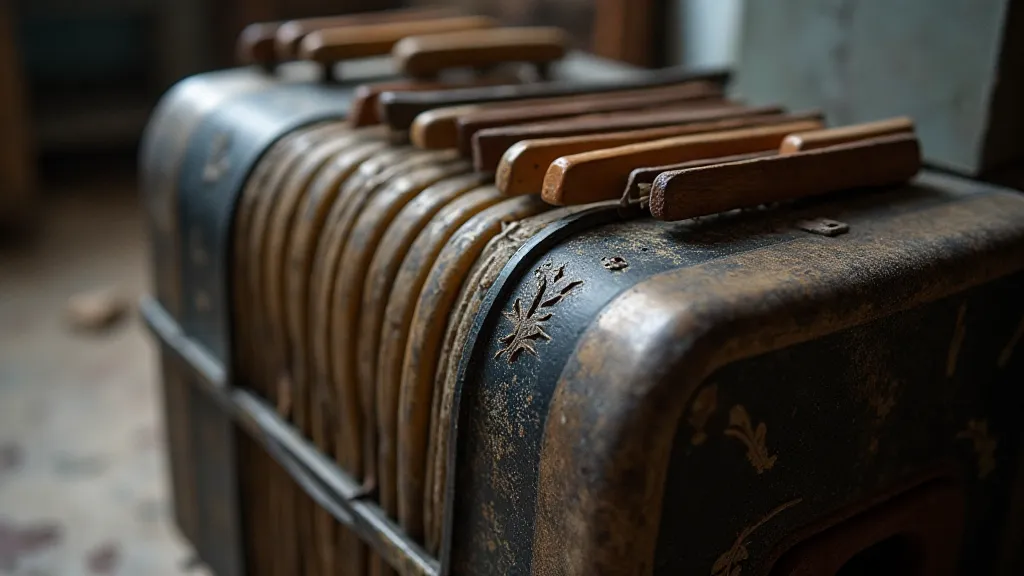
The Landscape of Memory
The most striking layouts aren’s just about replicating a specific place. They’re about crafting an atmosphere, a feeling. Think about the photographs of the American West taken in the late 1800s. They weren’t just documenting the landscape; they were capturing a spirit of rugged individualism, of hardship and resilience. A great model railroad layout does the same. It doesn’t just show mountains and rivers; it tells a story about the people who lived there, the industries that thrived (or failed), and the dreams that were pursued.
That’s where the “regret” comes in. It’s the realization that a truly compelling layout isn't just about technical skill. It’s about letting go of absolute control. We, as model railroaders, are inherently control freaks. We want everything to be perfect, to be just so. But the most evocative landscapes are often those touched by imperfection – the overgrown trackside weeds, the slightly crooked buildings, the evidence of time’s relentless passage.
Elevation and Emotion
Think about elevation. A flat, featureless layout is technically sound, but utterly lacking in emotional resonance. Subtle grade changes – a slight rise to crest a hill, a gentle descent into a valley – can dramatically alter the viewer’s perception. They create a sense of depth, of journey, of discovery. A simple bridge, carefully positioned to showcase a breathtaking vista, can become a focal point, drawing the eye and sparking the imagination.
And it’s not just about physical elevation. Consider the emotional elevation, the sense of importance or isolation, that certain structures convey. A grand Victorian station, meticulously detailed, speaks of prosperity and connection. A solitary farmhouse, clinging to a hillside, evokes a sense of loneliness and self-sufficiency. These aren’t just buildings; they’re symbolic anchors, grounding the layout in a specific time and place.
The Art of the Imperfect Detail
The placement of vegetation is crucial. Uniform rows of plastic trees? Forget it. Instead, study the natural patterns of woodland. Observe how trees cluster on hillsides, how undergrowth fills the shadows, how wildflowers dot the meadows. A single, strategically placed, weathered fence post can speak volumes about the rural setting.
Even the trackwork itself can contribute to the overall atmosphere. Clean, pristine rails suggest a modern, well-maintained line. Weathered rails, streaked with rust, hint at a more forgotten, perhaps abandoned, route. The placement of switch stands, signal boxes, and other details adds layers of authenticity and complexity. Like the faint smell of varnish and sweat that clung to my grandfather's accordion, these subtle details evoke an era and a feeling that resonates far beyond the visual.
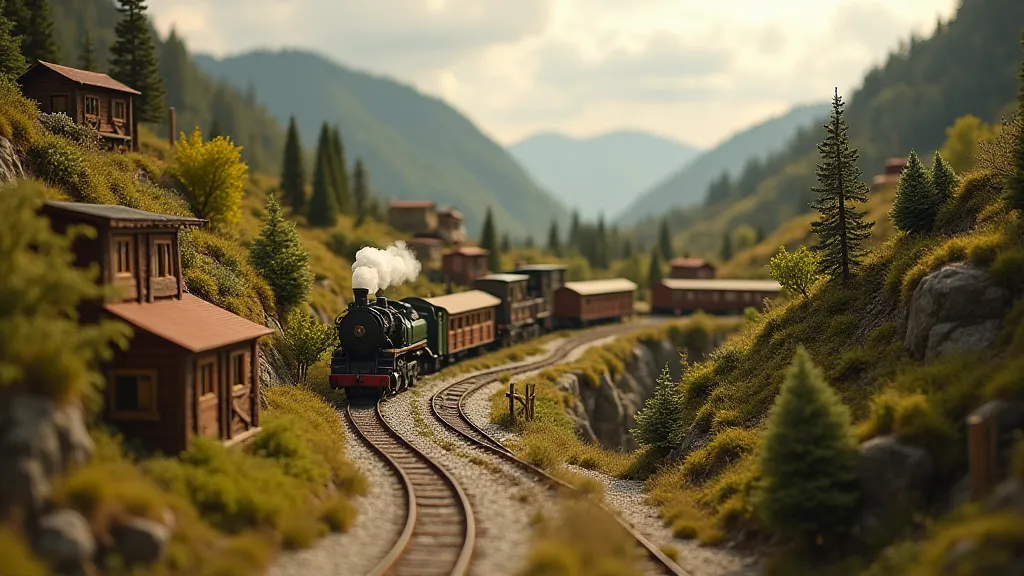
Craftsmanship and Collecting: A Parallel Journey
There’s a compelling parallel between the meticulous craftsmanship required for a model railroad layout and the restoration or collecting of antique instruments like accordions. Both pursuits demand patience, a keen eye for detail, and a deep respect for the past. Restoring an accordion isn’t just about replacing broken parts; it’s about preserving a piece of history, about bringing back to life a voice that had grown silent.
Similarly, building a model railroad layout isn't just about assembling track and buildings; it’s about creating a living, breathing world. It's about understanding the history of the railroad, the landscape it traversed, and the people who depended on it. And just as a restored accordion can evoke the music of a bygone era, a well-crafted model railroad layout can transport us to a place and time we’ve never known, but somehow, feel deeply connected to.
The Bittersweet Regret
The "cartographer's regret" isn't about mistakes or shortcomings. It’s about the realization that no matter how carefully we plan, how meticulously we execute, there will always be something left undone, a detail overlooked, a possibility unexplored. It’s the bittersweet knowledge that even the most perfect landscape is inherently incomplete, a mere echo of the infinite possibilities that lie beyond its borders.
But perhaps that's what makes it beautiful. Just as the cracked bellows and faded keys of my grandfather’s accordion held a unique charm, the imperfections in our model railroad layouts are what give them character, what make them truly special. They’re a testament to our creativity, our passion, and our enduring connection to the past. And in that, there’s a quiet beauty, a profound sense of fulfillment, that transcends the technical challenges and the inevitable regrets.
